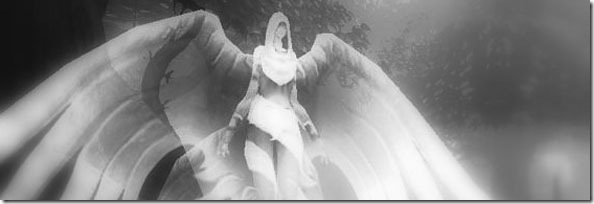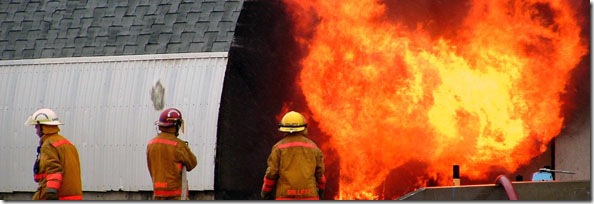
You might not have heard of this name. Although I’m certain you’ll have seen it in other players. Maybe you have even experienced it yourself.
Throughout this post, I will refer to Battered Guildie Syndrome with full caps in front as it deserves that sort of attention.
Let me tell you a story.
There once was a Mage named Miranda. She was one of the top spellcasters on her server. The guild she was in was formed like how most guilds are: A foundation of friendships. Over time, it expanded until the Argonauts had enough to launch 25 man expeditions.
This is the story of most typical guild startups.
Unfortunately, like most fairy tale guilds, there was a problem.
And that problem’s name was Larry the Stable Guy.
Note: The nickname was coined for his dogged insistence at watching Stables all the time so he could surf the net while everyone else did all the work. Sometimes he’d get so involved that he’d miss out on Horde players gaining possession of the flag from under him.
His tongue was so sharp and so smooth, he eventually worked his way to the top of the guild as an Officer.
Raids became more difficult. The atmosphere was loosening up. People weren’t hitting their tears. They were dying for stupid reasons and simply not doing what was expected of them.
But not for Miranda and her cohorts. She bought the best consumables and augments money could buy. If elite players had a spokesperson, she would be it.
Not everyone around her shared her attitude about trying hard. Why bother doing your best when bosses were dying anyway?
Slowly but surely, Miranda’s spirit and those of her friends were worn down bit by bit. Her friends couldn’t handle the atmosphere anymore. One by one, they said their goodbyes and left until Miranda was the only one left. By now, she was an Officer. The Argos had a large number of talentless players and bozos. Week after week they’d enter Naxx and continue to be stoned by Patchwerk. She was growing tired and increasingly frustrated.
One day, Miranda’s friend Faith contacted her to touch base and see how she was doing. Faith’s guild had cleared out nearly all the content Wrath had to offer. They had a starting position for a DPS caster and Faith happened to remember Miranda.
Faith practically begged and pleaded for Miranda to transfer over. These guys knew their stuff, he said. Their policy of progression is in line with yours, he argued.
But Miranda adamantly refused. She felt that she could still change the guild. Not only that, they depended on her too much. She felt she would have betrayed them had she just packed up and moved. Because Miranda didn’t budge, Faith eventually gave up and never talked to her again.
Miranda continues to feel weary and disappointment. She was in a casual raiding guild after all. But she wanted to do much more. Every time she felt like leaving, she just couldn’t do it. She felt an obligation to stay. She was afraid of the guilt that would’ve washed over her.
This is just a dramatic and fictional account of what a typical player with Battered Guildie Syndrome goes through.
Symptoms
How do you recognize a player with Battered Guildie Syndrome?
- Inability to make a decision
- Difficulty saying no
- Obsessively sacrificing their needs “for the good of the guildâ€Â
- Playing down guild infractions as nothing serious
- Continues to go back to their guild despite wanting to leave
- Frequently talks about leaving
- A strong sense of loyalty
- Personal goals do not appear to coincide with guild goals
Battered Guildie Syndrome is a very serious problem. It continues to ruin the lives and experiences of thousands if not more players to this day.
Treatment
Players at advanced stages of Battered Guildie Syndrome considered irrecoverable and untreatable. Treatment is a complete longshot at best.
For those in the early stages, a healthy dose of reality and a good wake up call have a 50/50 chance of working. Some studies show that applying a large amount of peer pressure is enough to cause players to realize that their guild isn’t working for them.
At this time, there is no known 100% effective treatment available to combat Battered Guildie Syndrome. The ability to logic and reason with the patient may have mixed results especially if their sense of reasoning is already damaged.
In the end, Battered Guildie Syndrome patients may end up continuing to be a part of their organization. Until treatment can be found, we have to face the fact that they may suffer from Battered Guildie Syndrome forever.
Image courtesy of hamma


